The Power of Yoga + Breath + Mindfulness
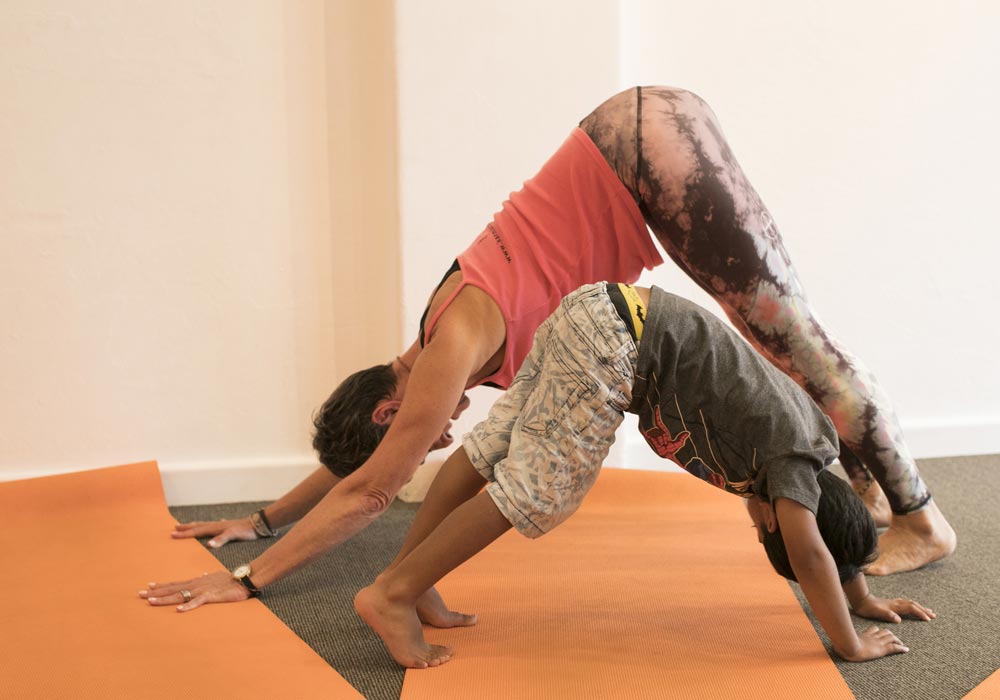
Since the 1970s yoga has become increasingly popular in the West. The immense advantages of this traditional practice are now widely acknowledged by the health and fitness community, making it a commonly accepted form of ‘exercise’.
Enhancing our physical yoga practice with increased concentration on breath and mindfulness, exponentially amplifies its benefits. This trifecta gives us access to parts of our body, mind and spirit that are usually overlooked - or even forgotten.
As we gallop through the 21st century, this simple and inexpensive practice should be commonplace in our homes, schools, and workplaces to help combat the growing mental, emotional and physical challenges faced by us all - our children, their teachers, and the community at large.
Yoga - In short
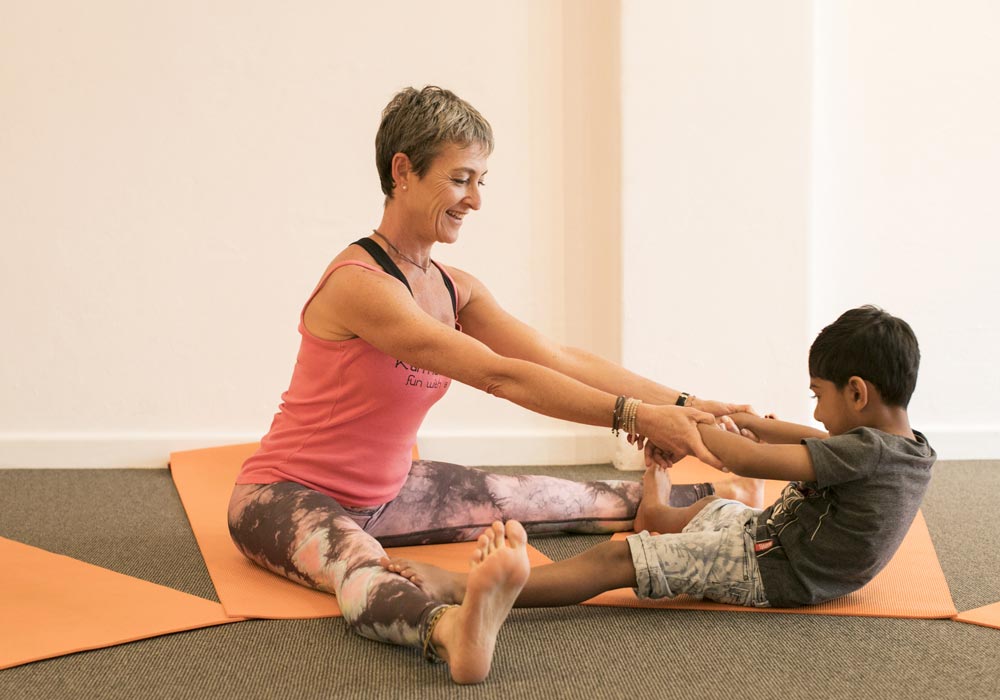
The physical practice of yoga involves a series of poses or asanas that are designed to cultivate strength, balance and flexibility. But alongside the physical benefits are an immense array of energetic and spiritual ones. Yoga is often used to address issues that are caused by stress and/or trauma. It can reduce or alleviate neck and back pain, headaches, digestive issues, depression, and anxiety. Practicing yoga on a regular basis supports healthy circulation, stimulates the lymphatic system and improves posture by strengthening the core muscles of the abdomen and lower back.
Breath - In short
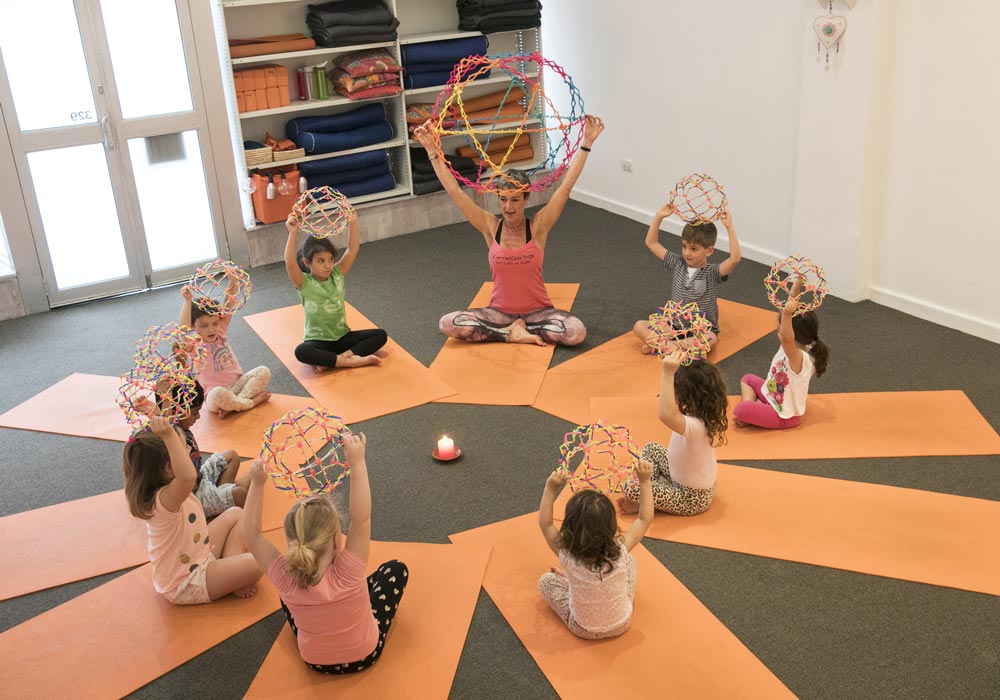
Breathwork, or breath, is a term that describes a range of breathing techniques used to effect change in the nervous system. You can practice specific breathing techniques to instill calm or to raise energy levels. Alongside the poses, practicing mindful breathing supports both our physical and mental health, reduces stress and helps to regulate emotions. Mindful breathing can also improve focus, reduce fatigue, and boost energy.
Mindfulness - In short
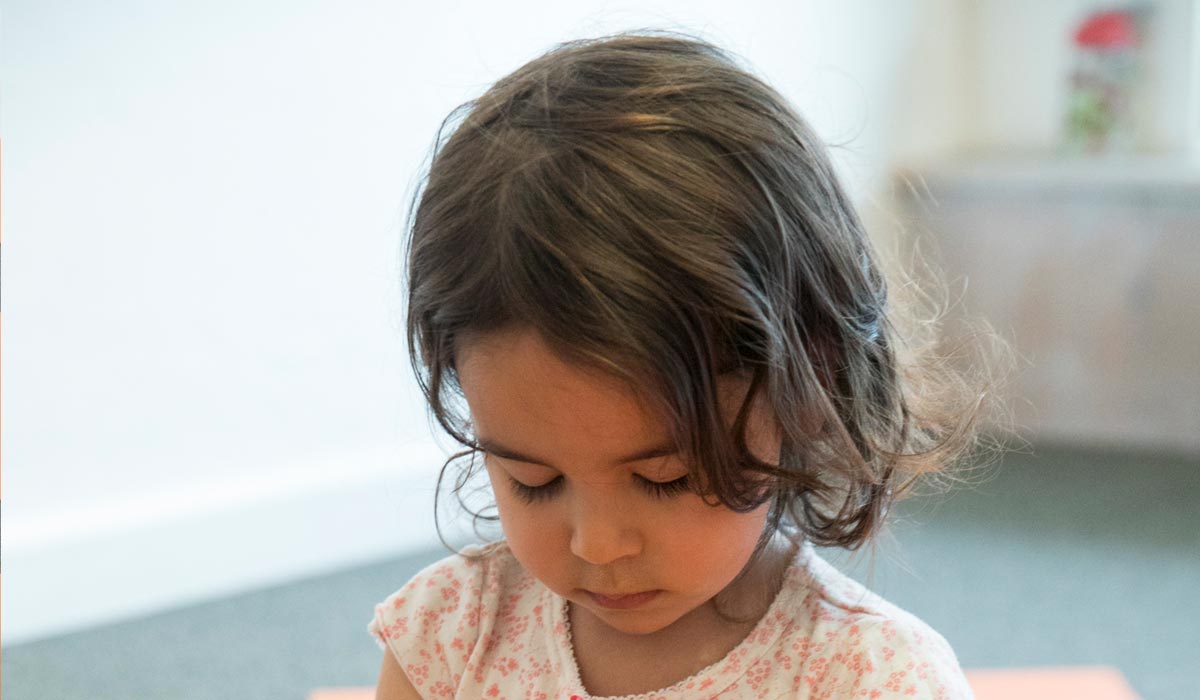
Simply put, mindfulness is a state of active, open attention to the present moment. It is an ancient practice that has been used in various forms for centuries to help people become more deeply aware of themselves and their environment. Being mindful requires slowing down, becoming quiet and focusing on just one thing. Practicing mindfulness regularly has been shown to improve focus and concentration, enhance creativity, and reduce the risk of increased stress and burnout.
Why Yoga + Breath + Mindfulness is so powerful
Yoga, breath and mindfulness create an overall sense of well-being rarely realised by other activities or sports. As our body becomes stronger and more flexible, our breath supports our nervous system, helping our mind to settle, which, in turn, helps us to feel calmer and less stressed. We leave our yoga session feeling completely nourished in body, mind and spirit. It’s like winning the jackpot!
This is what physically happens to our bodies

Yoga
Alongside all the physical, mental and emotional benefits already discussed, a regular yoga practice can also offer preventative and corrective therapy. Scientific research shows a link between yoga and decreased biochemical markers which link to multiple chronic conditions.
Mindfulness
When we practice mindfulness, the amygdala (the part of the brain responsible for our fight-or-flight response), relaxes and releases tension. This allows us to have a greater sense of clarity and calm by reducing levels of stress, anxiety and fear.
Simultaneously, mindfulness increases blood flow to the prefrontal cortex, the part of the brain associated with higher cognitive function and decision-making. This increased blood flow allows us to think more clearly, to make better decisions and to respond with more equanimity to challenging situations.
Mindfulness also boosts the activity of neurotransmitters like serotonin, which help to regulate our emotions and improve our mood. It also activates the parasympathetic nervous system - the ‘rest-and-digest' part of the autonomic nervous system - and reduces the production of cortisol, a stress hormone that can have negative impacts on our mental health and overall well-being.
Ongoing studies suggest that the long-term practice of a mindfulness meditation induces structural plasticity in grey matter regions known to be involved in learning and memory processes, emotion regulation, self-referential processing, and perspective-taking.
Breath
Breathing mindfully effects immediate change to our nervous system. It is triggered to send signals throughout our body. This process of sending signals is called the respiratory reflex arc. The respiratory reflex arc begins in the brain stem and travels down the spinal cord to the diaphragm, which then contracts and relaxes to pull air into our lungs. This entire cycle helps regulate and maintain our body's temperature, pH, and other essential functions. The respiratory reflex arc is an indispensable part of our nervous system that ensures we get the oxygen and energy our body needs. Without it, we wouldn’t be able to survive.
What happens to our breath when we become stressed or anxious?
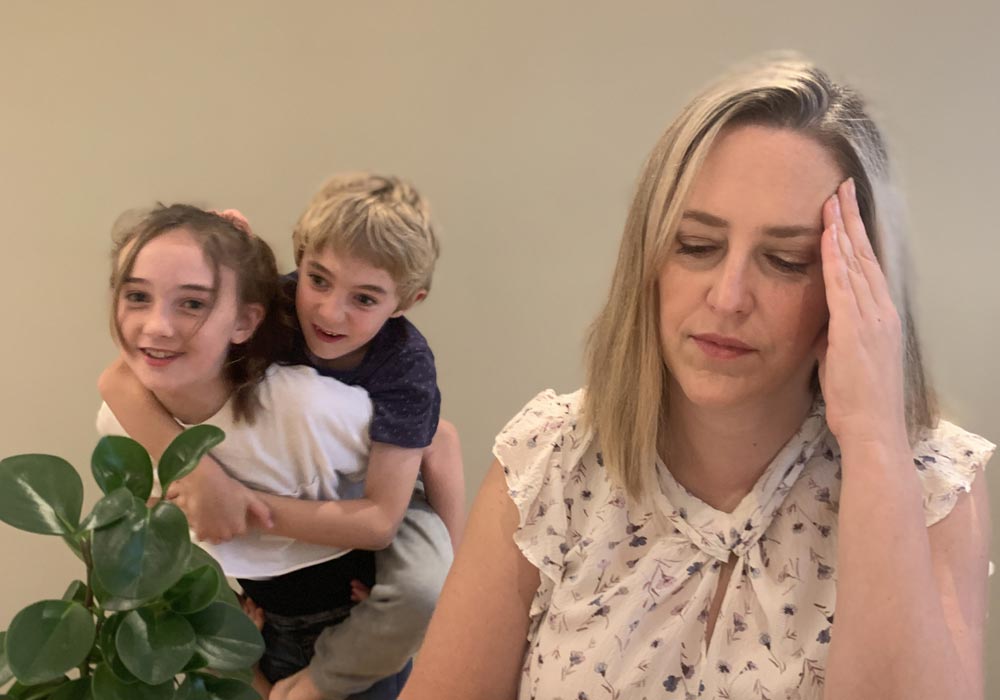
When we experience stress or anxiety, our breathing patterns change. We become shallow breathers, taking quick, shallow breaths that hover in the chest area and fail to make it down to the diaphragm.
Shallow breathing causes our body to receive less oxygen than it needs and leads to the release of more stress hormones into the bloodstream. It can also cause a buildup of tension in our neck, shoulders and upper back (as these secondary breathing muscles are doing all the work), resulting in pain or discomfort which, in turn, keeps our breathing even more shallow. This can cause further physical and mental symptoms such as fatigue, headaches, difficulty concentrating, and an inability to relax.
Sadly, sitting hunched over desks for endless hours each day, with reduced breath capacity and increased stress, has become a normal and acceptable part of daily life. It’s a serious problem, and one that is impacting on our overall health and wellbeing in more ways than we realise.
What happens when we breathe correctly
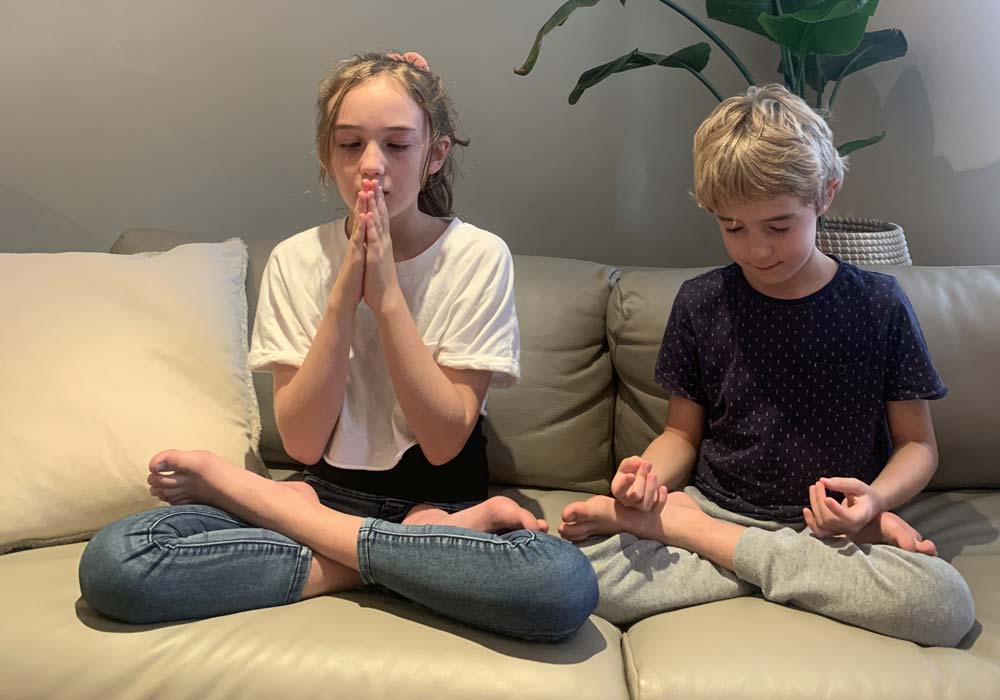
Slow and deep breaths oxygenate the brain and body and increase energy levels while removing toxins from the cells. Breathing deeply and mindfully stimulates blood circulation throughout the body and reduces cortisol levels (the stress hormone), helping us feel calmer and less stressed/anxious.
Deep breathing activates our parasympathetic nervous system, which is responsible for the ‘rest-and-digest' functions in the body. Deep breathing calms down the heart rate and decreases blood pressure.
It also helps to reduce muscle tension and release endorphins, the ‘feel good’ hormones. This helps to improve our mood, reduce stress and boost confidence levels.
Conclusion
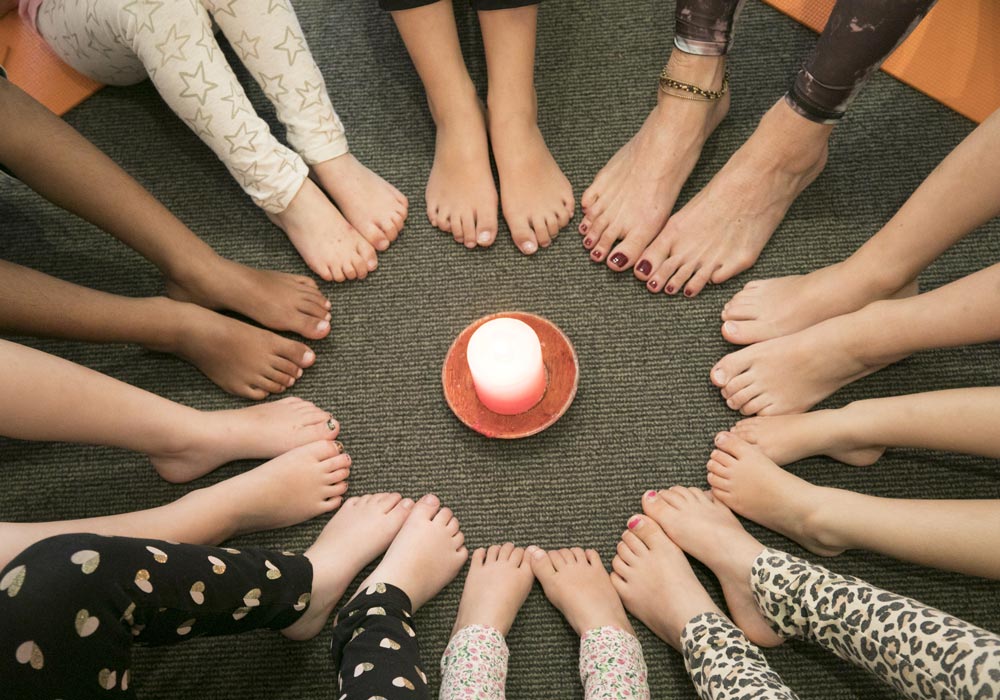
The ancient wisdom and practice of yoga, breath and mindfulness has stood the test of both time and scientific research. It is a proven method for achieving overall mind-body balance and for boosting our mental, physical and emotional health and wellbeing.
Just a few minutes of daily yoga, breath and mindfulness keeps teachers inspired and less stressed, and creates calm classrooms filled with compassionate, kind and creative kids who, alongside their learning, develop essential skills and tools to manage life’s challenges.
The Karma Class is committed to bringing these practices into our pre and primary classrooms across Australia, and to supporting our teachers and students in their learning of, and access to, these timeless and amazing tools.
